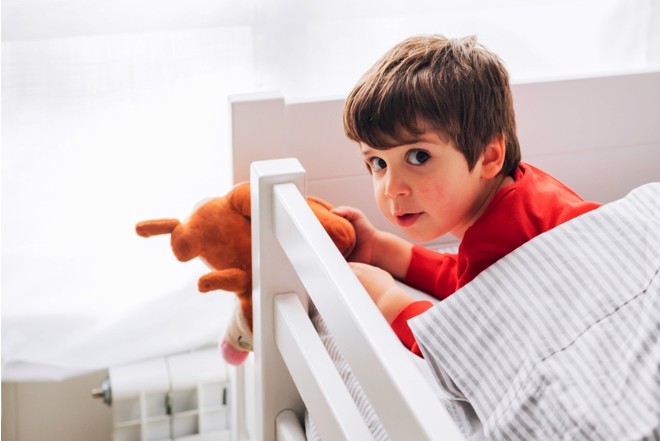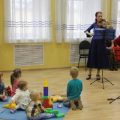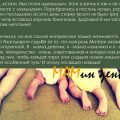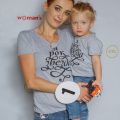Until now, it was believed that sharing lies and truthchildren begin no earlier than four years. However, some experts believe that psychologists use tests that are too difficult for kids to understand how children form their picture of the world. In general, opinions were divided. Photo:GettyImagesTo finally dot the i's and cross the t's, scientists from the University of Illinois conducted a large-scale study. They used the Sally and Ann task, which is well known in psychology, when a child is shown two dolls. Sally has a basket, Ann has a box. The child sees Sally put a ball in the basket and walk away. Ann takes the ball from the basket, puts it in the box and also walks away. The child needs to answer the question of where Sally will look for her ball. If the child can already distinguish truth from lies, he will solve the problem correctly - he will say that Sally will look in the basket. But until now it was believed that children under four years old cannot handle the task. Scientists thought that the test scenario puts too much pressure on the child and "programs" him for the wrong answer. They changed the test a little and found that children aged 2.5 years are already quite capable of solving it. You just need to not move the ball from one place to another, but take it out of the room. And then the baby shows quite confidently, because it is still difficult for him to explain in words where the owner of the ball will look for it. By the way, almost all children over the nursery age successfully passed the tests. But it is possible that they are also able to understand where the truth is and where it is not; scientists just haven’t figured out how to find out yet.
Photo:GettyImagesTo finally dot the i's and cross the t's, scientists from the University of Illinois conducted a large-scale study. They used the Sally and Ann task, which is well known in psychology, when a child is shown two dolls. Sally has a basket, Ann has a box. The child sees Sally put a ball in the basket and walk away. Ann takes the ball from the basket, puts it in the box and also walks away. The child needs to answer the question of where Sally will look for her ball. If the child can already distinguish truth from lies, he will solve the problem correctly - he will say that Sally will look in the basket. But until now it was believed that children under four years old cannot handle the task. Scientists thought that the test scenario puts too much pressure on the child and "programs" him for the wrong answer. They changed the test a little and found that children aged 2.5 years are already quite capable of solving it. You just need to not move the ball from one place to another, but take it out of the room. And then the baby shows quite confidently, because it is still difficult for him to explain in words where the owner of the ball will look for it. By the way, almost all children over the nursery age successfully passed the tests. But it is possible that they are also able to understand where the truth is and where it is not; scientists just haven’t figured out how to find out yet.

Making Money with Desserts: Success Stories
Evgeniya Polischuk (Fedutinova) instagram:@evgeniyafedutinovavk.com/janeshomebaking– It all started with baking for family and friends. Gradually, I started posting photos of my baked goods on Instagram – and orders started coming in. I made my first custom-made cake on October 13, 2014, and a little earlier I started making macaroons and cupcakes. You could say that the business “found me”, I am very […]

Soups are cold recipes with photos
Cold cucumber soup with yogurt and lemonsorbet from the chef of the restaurant La Taverna Alexander Zhurkin Photo: Getty Images Ingredients: Plain yoghurt – 125 g Cucumber – 150 g Lemon/lime sorbet – 50 g Cocktail shrimp – 24 g Fresh ginger juice – 1 g Lime juice – 5 g Fresh orange juice – 5 g Parsley – 1 g Pink pepper – 1 g Watercress – […]

barbeque kebab
Pork tenderloin in glaze Photo:Dmitry Bayrak/dbstudioPreparation time: 20 minutes + marinating time.Calories: 454 kcal per serving.For 4 servings: 4 pork tenderloins (approximately 300 g each), 1 onion, 2 cloves of garlic, 1 tsp. lemon zest, 1 tsp. lemon juice, a pinch of ground cumin, coriander and turmeric, 1 tbsp. vegetable […]

Pierre Duacan: dietary recipes: Ducane diet
Beetroot soup Photo:Season’S, Luxury Hotels RepresentationYou will need:· Boiled beetroot – 60 g· Fresh cucumbers – 20 g· Red radish – 20 g· Green onions – 10 g· Egg – 1 pc.· Drinking mineral water – 200 g· Salt – 1 gPreparation:· Boil the egg and beetroot.· Grate the cucumbers, radish and part of the beetroot. Put everything […]





